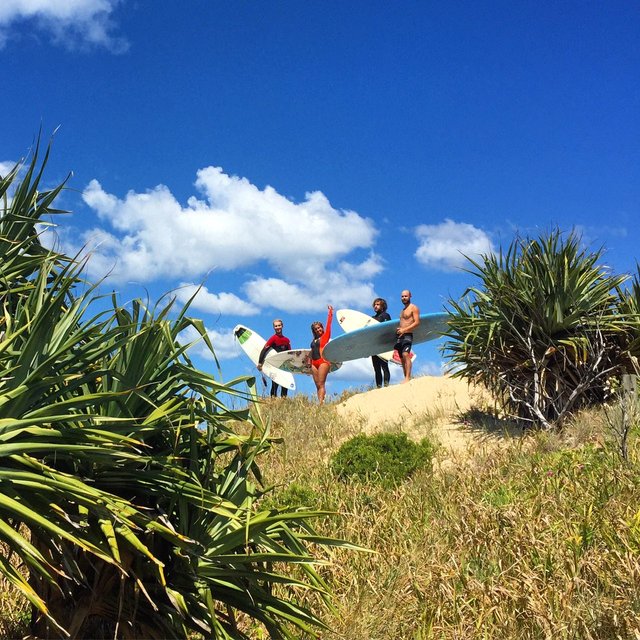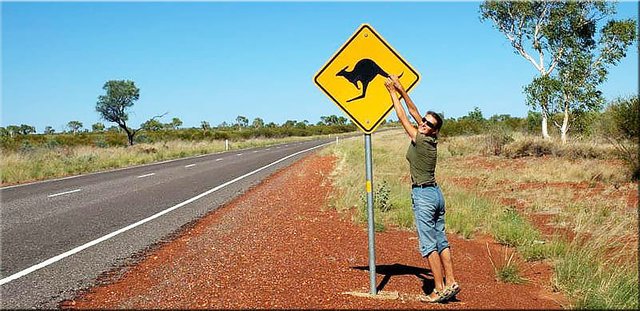Travelling in Australia

Geology
Australia is the 6th biggest nation via arrive territory. It is tantamount in size to the 48 coterminous United States. Australia is flanked toward the west by the Indian Ocean, and toward the east by the South Pacific Ocean. The Tasman Sea misleads the southeast, isolating it from New Zealand, while the Coral Sea deceives the upper east. Papua New Guinea, East Timor and Indonesia are Australia's northern neighbors, isolated from Australia by the Arafura Sea and the Timor Sea.
Australia is exceptionally urbanized with a large portion of the populace intensely focused along the eastern and south-eastern coasts. The vast majority of the inland ranges of the nation are semi-parched. The most-crowded states are Victoria and New South Wales, yet by a wide margin the biggest in arrive region is Western Australia.
Australia has a territory of 7,682,300km² (2,966,152 square miles) and the separations amongst urban areas and towns are anything but difficult to disparage. The Government has distributed a National Public Toilet Map.
Australia has huge ranges that have been deforested for rural purposes, yet numerous local woodland regions get by in broad national parks and other undeveloped regions. Long haul Australian concerns incorporate saltiness, contamination, loss of biodiversity, and administration and protection of waterfront territories, particularly the Great Barrier Reef.

Atmosphere
As a huge island a wide variety of atmospheres are found crosswise over Australia. It isn't totally hot and sun-kissed, as generalizations would recommend. There are districts that can be very cool and wet. Be that as it may, a great segment of the nation gets more than 3,000°hr of daylight a year. For the most part, the north is hot and tropical, while the south has a tendency to be sub-tropical and mild. Most precipitation is around the drift, and a great part of the inside is parched and semi-bone-dry. The daytime most extreme temperatures in Darwin infrequently dip under 30°C (86°F), even in winter, while night temperatures in winter as a rule drift around 15-20°C (59-68°F). Temperatures in some southern areas can dip under solidifying in winter and the Snowy Mountains in the South East encounters meters of winter snow. Parts of Tasmania and Victoria have a temperature go fundamentally the same as England.
As Australia is in the southern half of the globe the winter is June-August while December-February is summer. The winter is the dry season in the tropics, and the mid year is the wet. In the southern parts of the nation, the regular temperature variety is more prominent. The precipitation is all the more equitably circulated during the time in the southern parts of the East Coast, while in whatever is left of the south past the Great Dividing Range, the summers are dry with the main part of the precipitation happening in winter.
